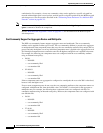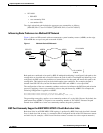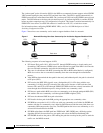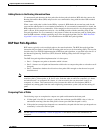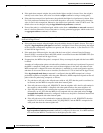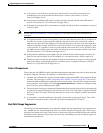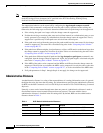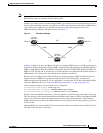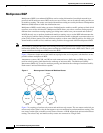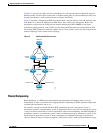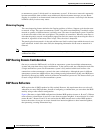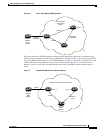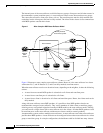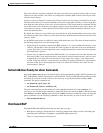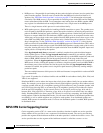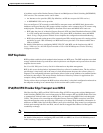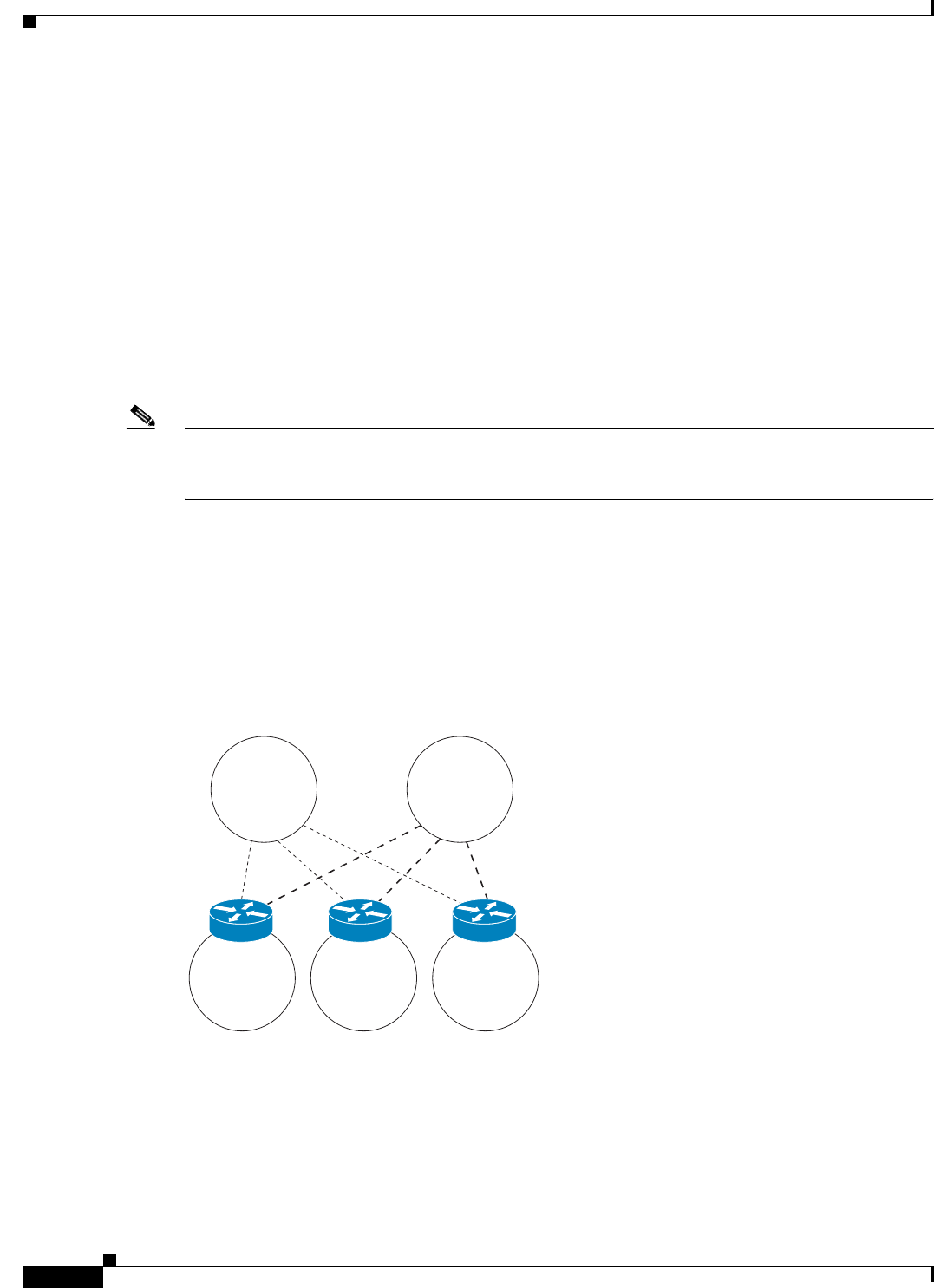
Implementing BGP on Cisco IOS XR Software
Information About Implementing BGP on Cisco IOS XR Software
RC-32
Cisco IOS XR Routing Configuration Guide
OL-14356-01
Multiprotocol BGP
Multiprotocol BGP is an enhanced BGP that carries routing information for multiple network layer
protocols and IP multicast routes. BGP carries two sets of routes, one set for unicast routing and one set
for multicast routing. The routes associated with multicast routing are used by the Protocol Independent
Multicast (PIM) feature to build data distribution trees.
Multiprotocol BGP is useful when you want a link dedicated to multicast traffic, perhaps to limit which
resources are used for which traffic. Multiprotocol BGP allows you to have a unicast routing topology
different from a multicast routing topology providing more control over your network and resources.
In BGP, the only way to perform interdomain multicast routing was to use the BGP infrastructure that
was in place for unicast routing. Perhaps you want all multicast traffic exchanged at one network access
point (NAP). If those routers were not multicast capable, or there were differing policies for which you
wanted multicast traffic to flow, multicast routing could not be supported without multiprotocol BGP.
Note It is possible to configure BGP peers that exchange both unicast and multicast network layer reachability
information (NLRI), but you cannot connect multiprotocol BGP clouds with a BGP cloud. That is, you
cannot redistribute multiprotocol BGP routes into BGP.
Figure 4 illustrates simple unicast and multicast topologies that are incongruent, and therefore are not
possible without multiprotocol BGP.
Autonomous systems 100, 200, and 300 are each connected to two NAPs that are FDDI rings. One is
used for unicast peering (and therefore the exchange of unicast traffic). The Multicast Friendly
Interconnect (MFI) ring is used for multicast peering (and therefore the exchange of multicast traffic).
Each router is unicast and multicast capable.
Figure 4 Noncongruent Unicast and Multicast Routes
Figure 5 is a topology of unicast-only routers and multicast-only routers. The two routers on the left are
unicast-only routers (that is, they do not support or are not configured to perform multicast routing). The
two routers on the right are multicast-only routers. Routers A and B support both unicast and multicast
routing. The unicast-only and multicast-only routers are connected to a single NAP.
Unicast
AS 100 AS 200
ISP B
FDDI FDDI
ISP A ISP C
12238
AS 300
MFI



